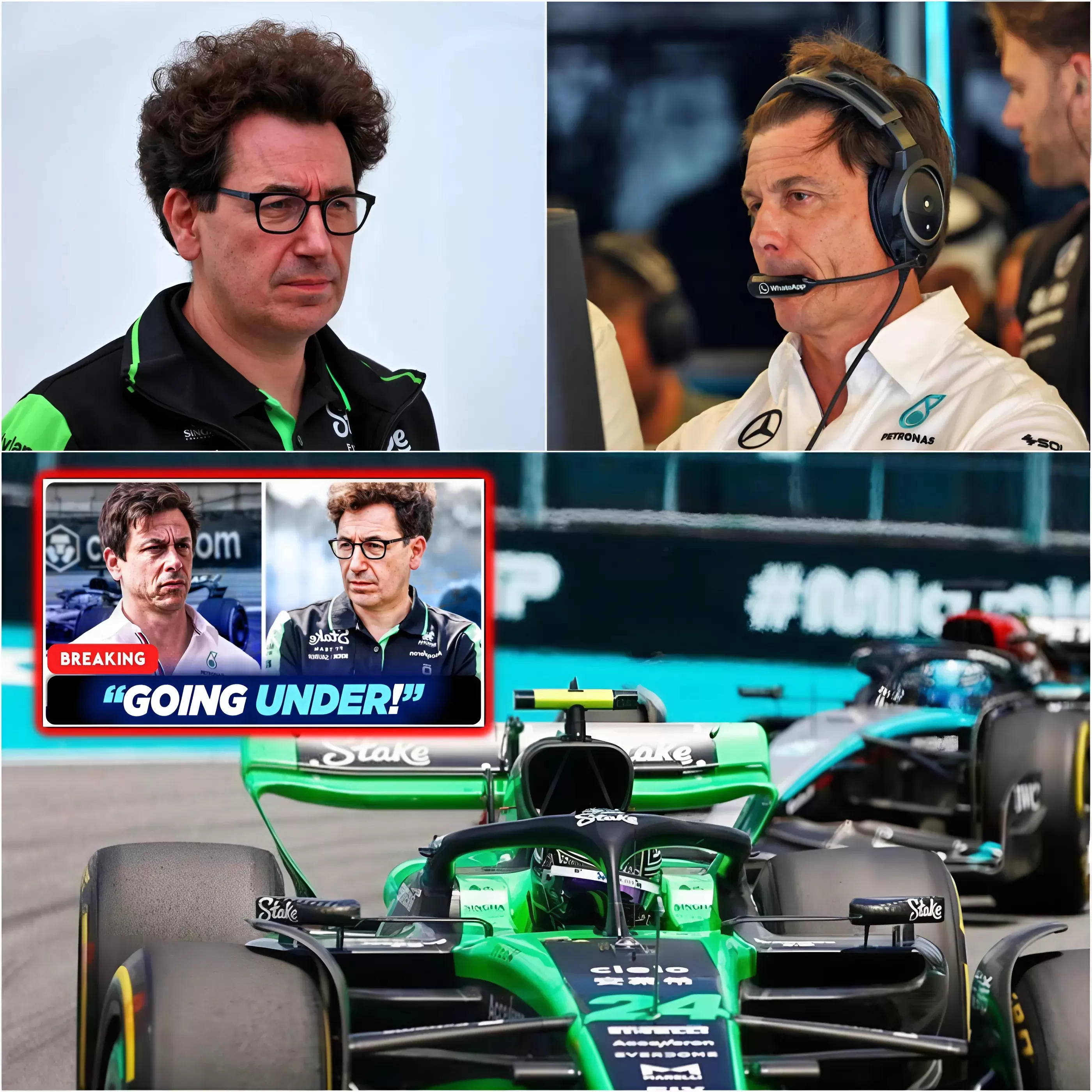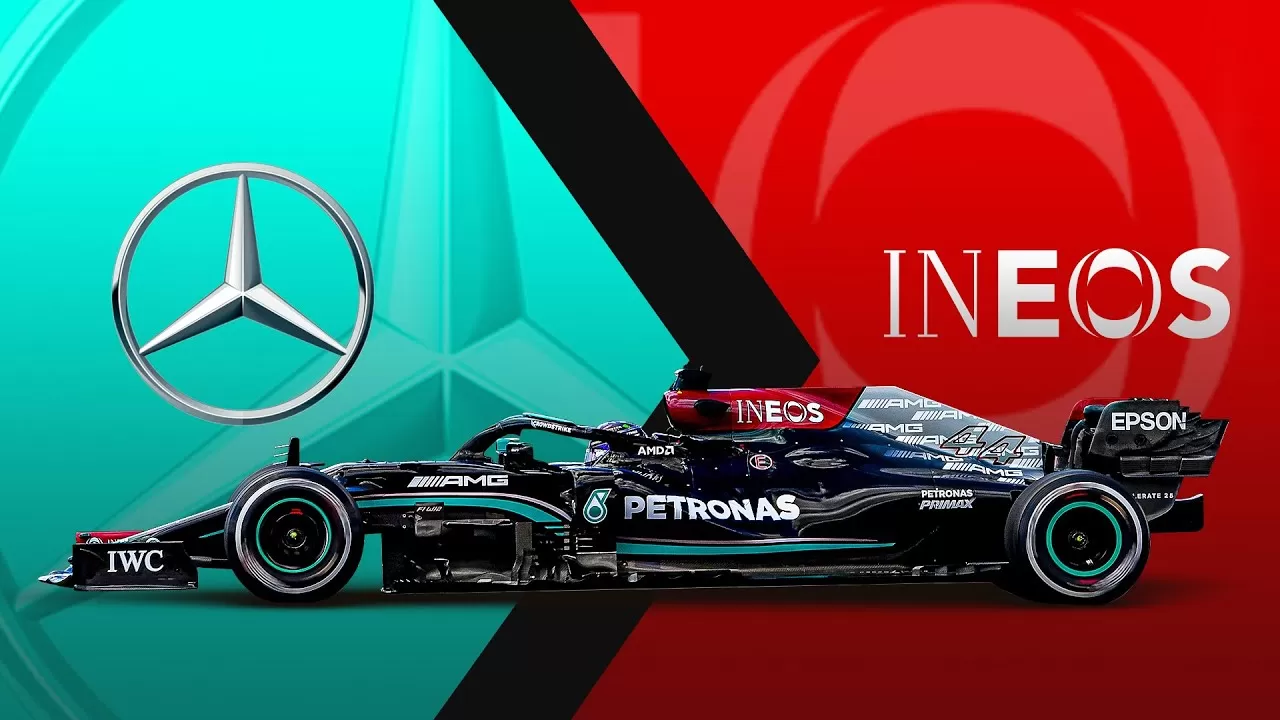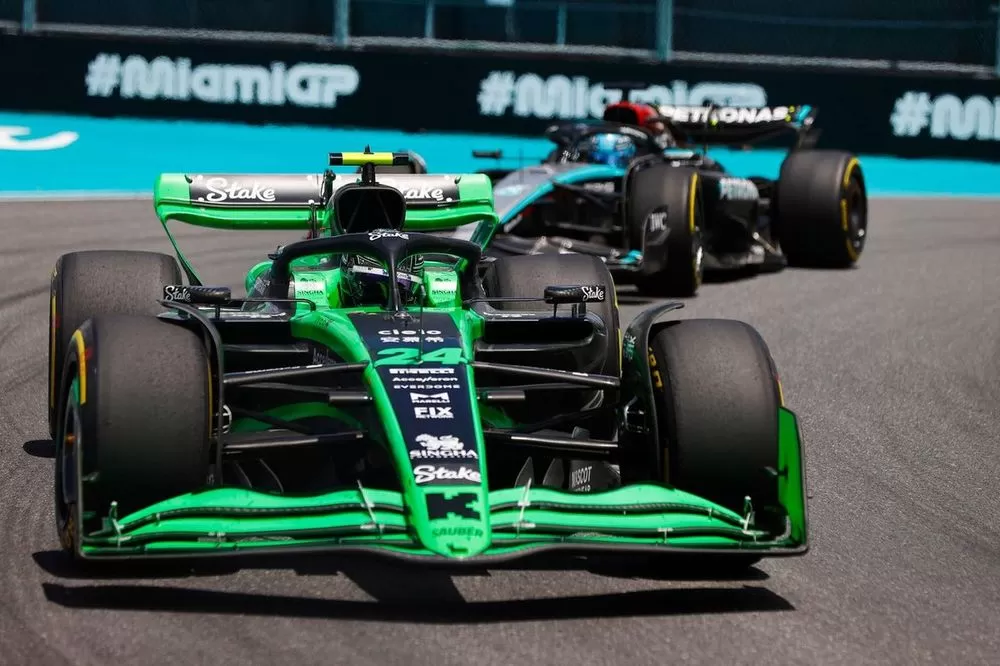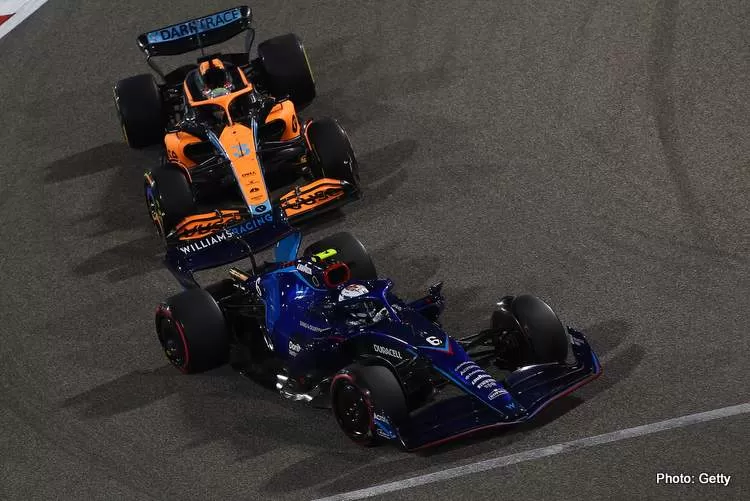Mercedes and Sauber Face Financial Uncertainty Ahead of 2026 F1 Regulations

Formula 1 has always been a high-stakes game, not just on the track but behind the scenes, where financial stability is as crucial as race performance. Recent developments have put two major teams, Mercedes and Sauber, under financial scrutiny, raising concerns over their ability to remain competitive as the sport gears up for the crucial 2026 regulation changes.

The introduction of the budget cap in 2021 was meant to create a level playing field by preventing excessive spending and ensuring financial security for smaller teams. However, even with these measures, financial turmoil can still emerge, particularly when key sponsors or investors face economic difficulties. This is precisely the situation that Mercedes now finds itself in, largely due to the financial struggles of one of its major stakeholders, INEOS.

INEOS, a multinational chemicals company owned by Sir Jim Ratcliffe, holds a one-third stake in the Mercedes-AMG Petronas F1 Team. The company has recently faced significant financial challenges, with reports of mounting debts and cost-cutting measures affecting its various sports investments. Ratcliffe’s ventures into sports ownership include a 25% stake in Manchester United and sponsorships of high-profile teams like the New Zealand All Blacks rugby team. However, INEOS is currently embroiled in a legal dispute with New Zealand Rugby after allegedly failing to meet its first sponsorship installment for 2025. This breach raises red flags about INEOS’ financial health and its ability to maintain its investment in Mercedes.

The concern for Mercedes is not just about losing a sponsor; it is about losing a key financial backer at a time when stability is paramount. Preparing for the 2026 season requires extensive investment in new engine and aerodynamic regulations. Any disruption in funding could hinder development, putting Mercedes at a disadvantage against rivals such as Red Bull, Ferrari, and McLaren. Although Mercedes could seek alternative investors if INEOS withdraws, such a transition could create instability at a critical time.

Sauber, soon to be rebranded as Audi in 2026, is also facing financial turbulence. Its primary sponsor, Stake, a controversial online casino platform, is currently under regulatory investigation in the UK. The Gambling Commission’s probe, triggered by promotional content linked to inappropriate social media activities, has led to Stake relinquishing its operating license in Britain. While Sauber’s Swiss base minimizes the immediate impact, the reputational damage and potential revenue loss remain concerns. Given that the Stake sponsorship deal is set to expire before the Audi transition, the team might avoid long-term damage, but any shortfall in funding during this transitional phase could affect performance.

The overarching question is how these financial strains will affect the competitive landscape of Formula 1. Mercedes, a team synonymous with dominance over the past decade, cannot afford to be underfunded as it prepares for new regulations. Any delays in development could open the door for teams like McLaren, Williams, and Alpine, all of whom rely on Mercedes’ powertrain division for their engines. If Mercedes’ financial issues impact engine development, these customer teams could also suffer performance setbacks.
While the likelihood of Mercedes collapsing financially is slim, the situation is undeniably concerning. If INEOS decides to sell its stake, there would be no shortage of buyers given Formula 1’s growing popularity. However, any restructuring or ownership changes could disrupt internal stability at a crucial juncture. For Sauber, the risk appears more contained, as the Audi takeover in 2026 provides a safety net. Yet, uncertainty over sponsorship continuity remains a factor.
As the 2025 season approaches, all eyes will be on how these financial challenges unfold. Will Mercedes navigate this storm without compromising its championship ambitions? Can Sauber maintain stability ahead of its Audi transformation? The answers to these questions could shape the competitive hierarchy of Formula 1 for years to come.





